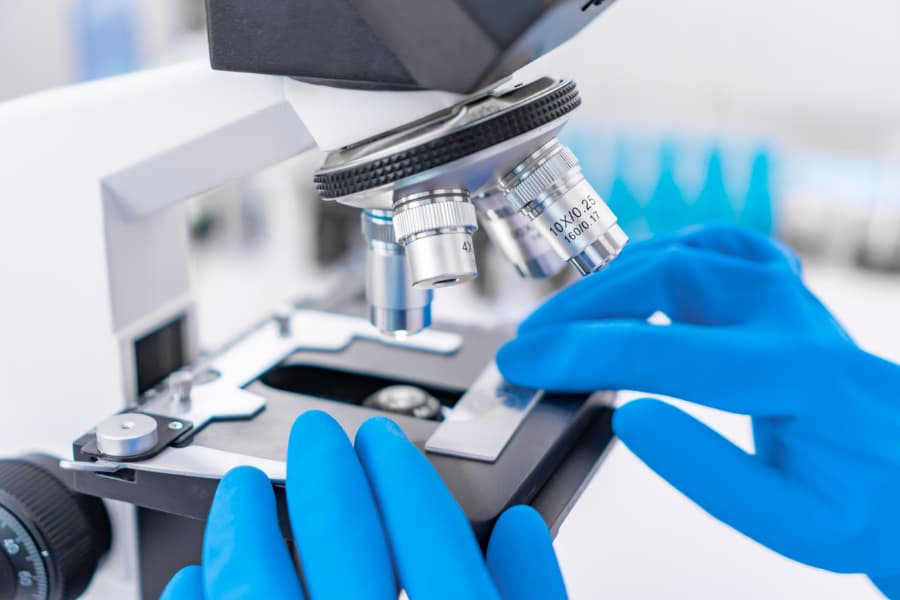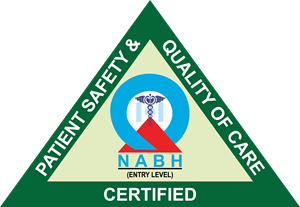Cytology and Histopathology
What Is Cytology and Histopathology ?
Cytology and histopathology are two branches of pathology that involve the study of tissues and cells to diagnose diseases and conditions. They are essential in providing insights into the nature of abnormalities, guiding treatment decisions, and monitoring the progress of diseases.
Cytology: Definition: Cytology is the study of individual cells, often obtained through various means like smears, fine needle aspirations (FNA), or brushings. These cells are examined under a microscope to detect abnormalities and diagnose diseases. Application: Cytology is commonly used for the evaluation of superficial lesions, such as those found on the skin or in the lining of organs like the respiratory or urinary tracts. It's also frequently used in cancer screening programs, including Pap smears for cervical cancer detection. Procedure: The specimen, which may be collected through scraping, aspiration, or other methods, is spread onto a glass slide, fixed, stained, and examined under a microscope. Examples: Pap smears for cervical cancer screening, FNA of a breast lump, sputum cytology for lung cancer screening. Histopathology: Definition: Histopathology involves the examination of tissues removed during surgical procedures, biopsies, or autopsies. These tissues are processed, sectioned, stained, and examined under a microscope to identify abnormalities, determine the nature of diseases, and provide detailed information about tissue structures. Application: Histopathology is crucial for diagnosing and characterizing various diseases, including cancers, inflammatory conditions, infectious diseases, and more. It provides information about tissue architecture, cellular organization, and the presence of abnormal cells. Procedure: Tissue samples are fixed, embedded in paraffin wax, cut into thin sections, stained with dyes like hematoxylin and eosin (H&E), and examined under a microscope. Examples: Examination of a biopsy sample to determine if a tumor is malignant or benign, evaluation of organ tissue for diseases like hepatitis or kidney disorders. While cytology and histopathology share the goal of diagnosing diseases through microscopic examination, they differ in the types of specimens they analyze and the techniques used. Cytology deals with individual cells and is often used for non-invasive or less invasive procedures, while histopathology examines whole tissue samples and is commonly employed for surgical or biopsy specimens. Both play vital roles in modern medicine and are essential for accurate diagnosis and treatment planning.

What Is The Main Cause Of Cytology and Histopathology ?
The main cause of cytology and histopathology is to diagnose diseases and conditions by examining cells and tissues under a microscope. These specialized branches of pathology are essential in providing accurate diagnoses, guiding treatment decisions, and monitoring the progress of diseases. Here are the primary reasons for conducting cytology and histopathology:
- Early Detection of Abnormalities: Cytology allows for the early detection of cellular abnormalities, often before they develop into full-blown diseases. This is crucial for timely intervention and treatment.
- Screening for Cancer: Cytology is widely used in cancer screening programs. For example, Pap smears are used to detect early signs of cervical cancer, while other cytological tests may screen for cancers of the lung, bladder, and other organs.
- Differentiating Between Benign and Malignant Cells: Cytology helps differentiate between normal, benign, and malignant cells. This distinction is crucial for determining the appropriate course of treatment.
- Guiding Treatment Decisions: Cytology results can provide important information for determining the best treatment approach. For example, it can help determine if a tumor is cancerous and if further intervention, such as surgery or chemotherapy, is necessary.
- Characterization of Tumors: Histopathology is instrumental in characterizing tumors and identifying whether they are benign or malignant. It provides detailed information about tissue architecture, cellular characteristics, and the presence of abnormal cells.
Diagnosing Specific Diseases: Histopathology is used to diagnose a wide range of diseases and conditions, including cancers, inflammatory disorders, infections, and autoimmune diseases. Assessing Disease Progression: Histopathological evaluation of tissue samples over time can provide valuable information about the progression of diseases and the effectiveness of treatment. Surgical Margin Assessment: After a surgical procedure, histopathology helps determine if all cancerous tissue has been removed. This is crucial for ensuring the success of surgical interventions. Guiding Further Treatment: Histopathology findings guide decisions about additional treatments, such as radiation therapy, chemotherapy, or targeted therapies. Research and Clinical Trials: Histopathological analysis is a key component of medical research and clinical trials. It provides important data on disease mechanisms, treatment responses, and outcomes. Overall, cytology and histopathology are integral components of modern medicine, providing crucial information for the diagnosis and management of a wide range of diseases and conditions. They play a vital role in ensuring that patients receive the most appropriate and effective care.
Clinical Services
Facilities
24 Hours Services



